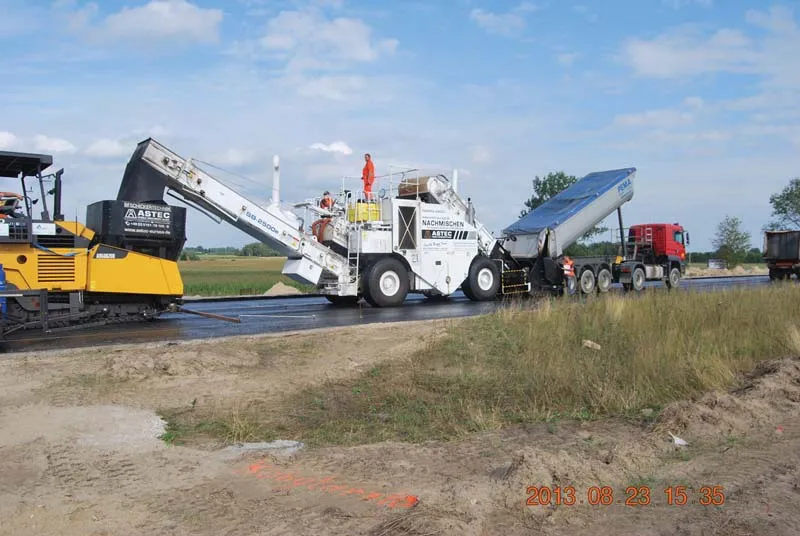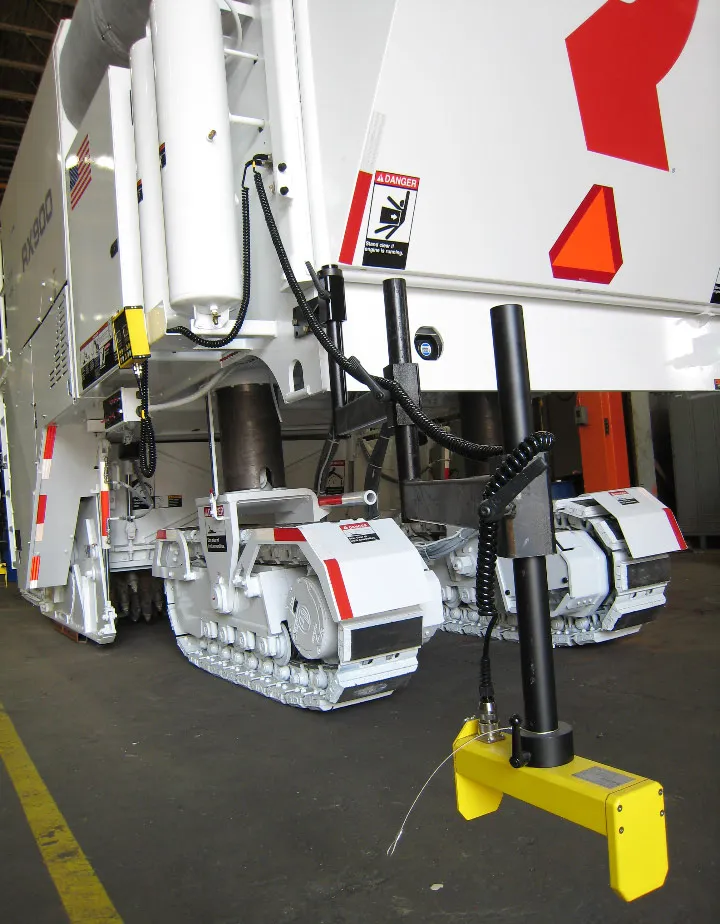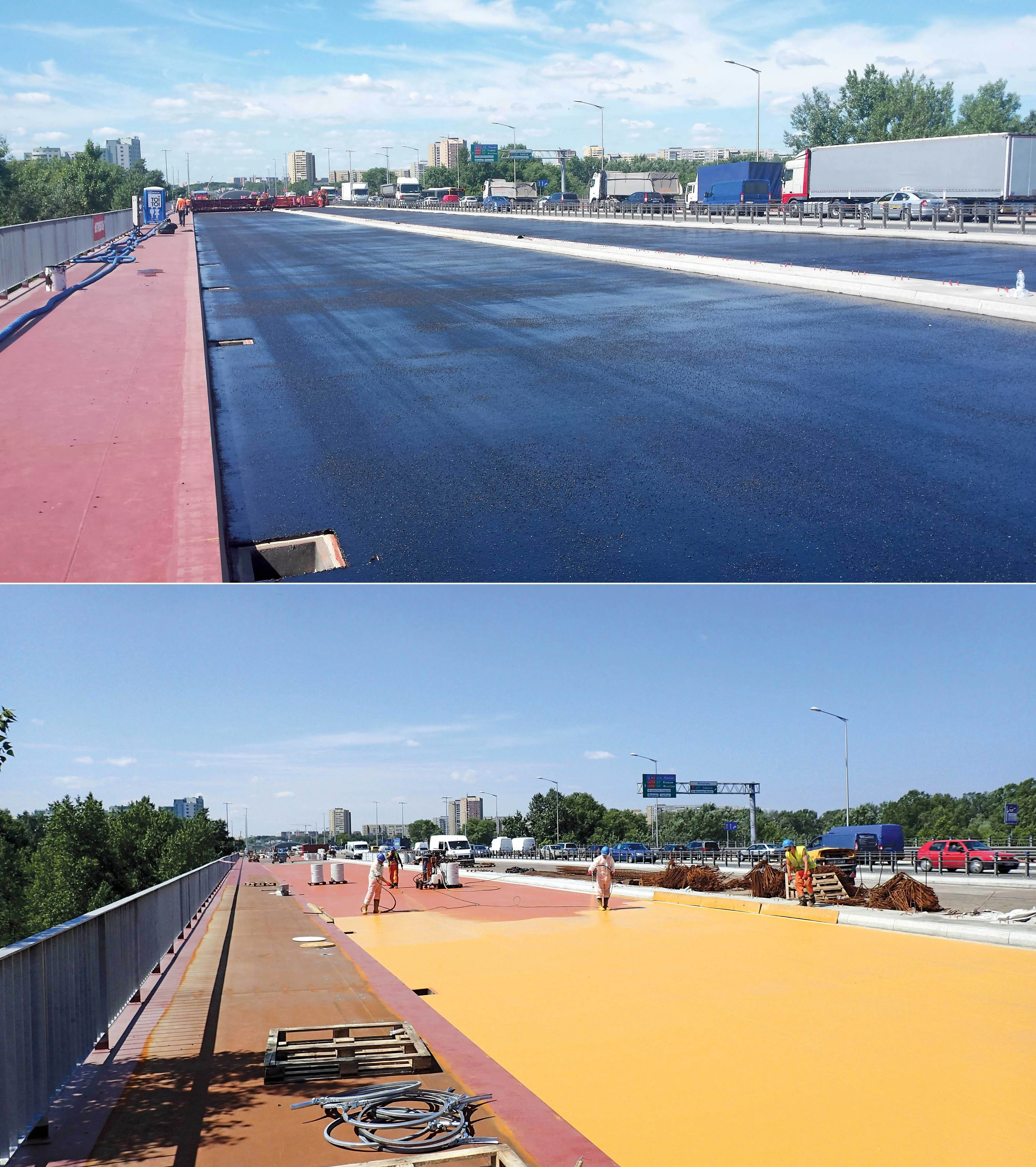
An innovative road repair technology should be able to cut delays and congestion when surface maintenance is required. This new approach has already been proven successfully on a busy highway stretch in the UK and is now likely to be introduced more widely in Europe. The
A recent trial of the system was carried out at the Silverstone racing circuit in the UK, producing a level surface. This was of particular importance on the track given the high speed that racing cars attain and the limited suspension travel they feature.








